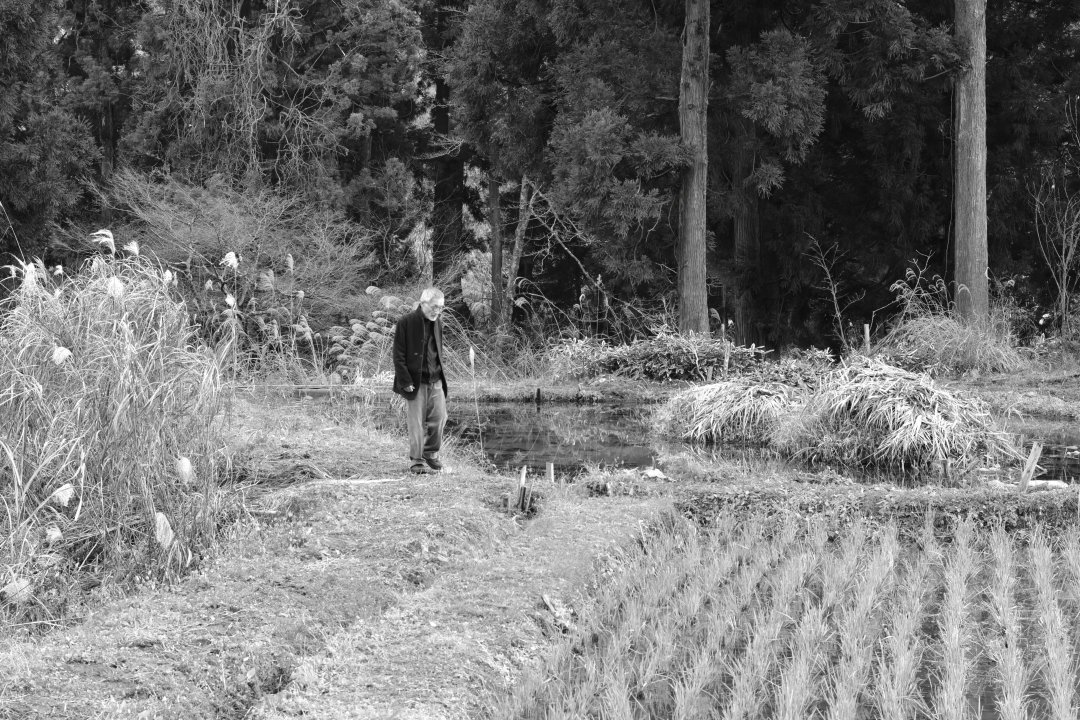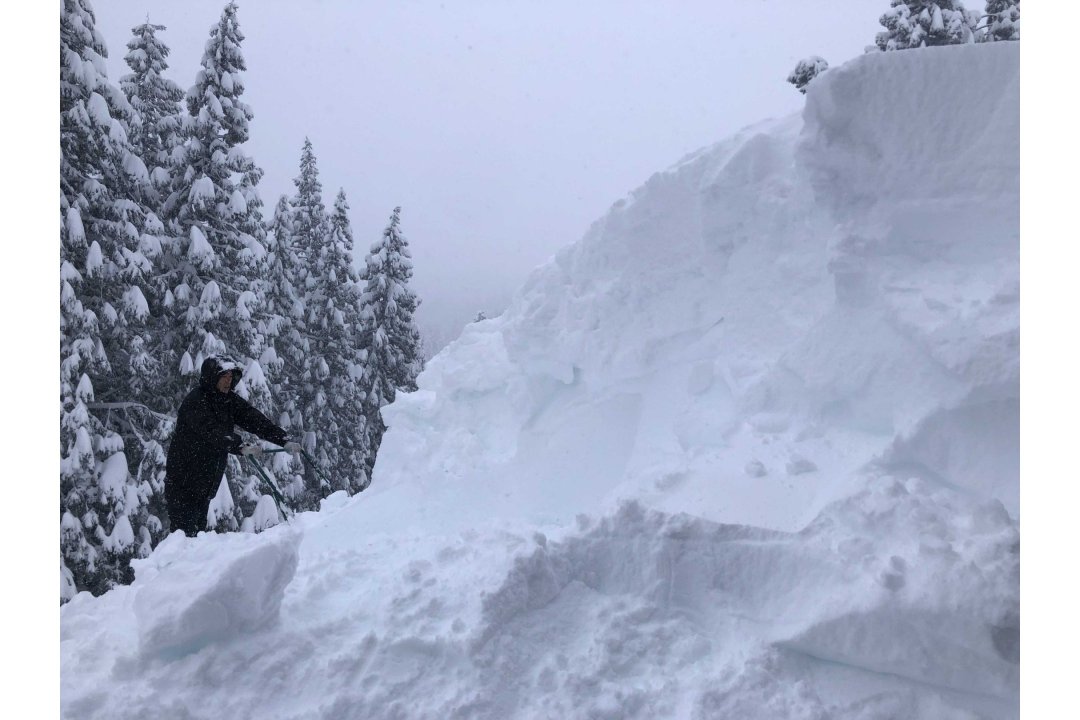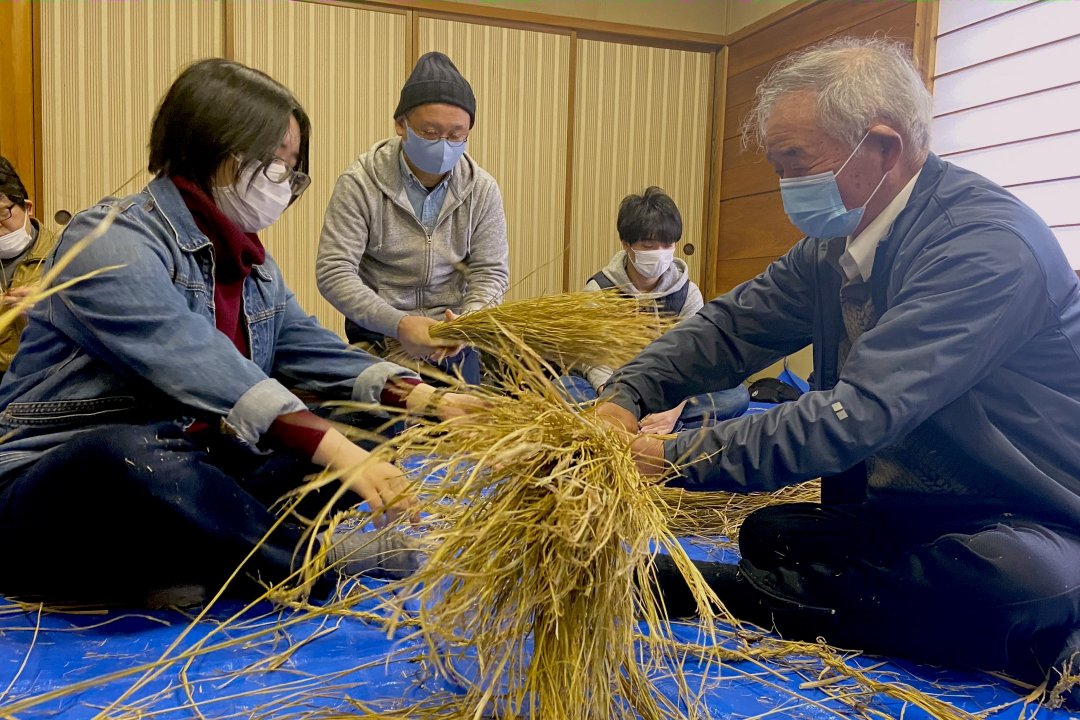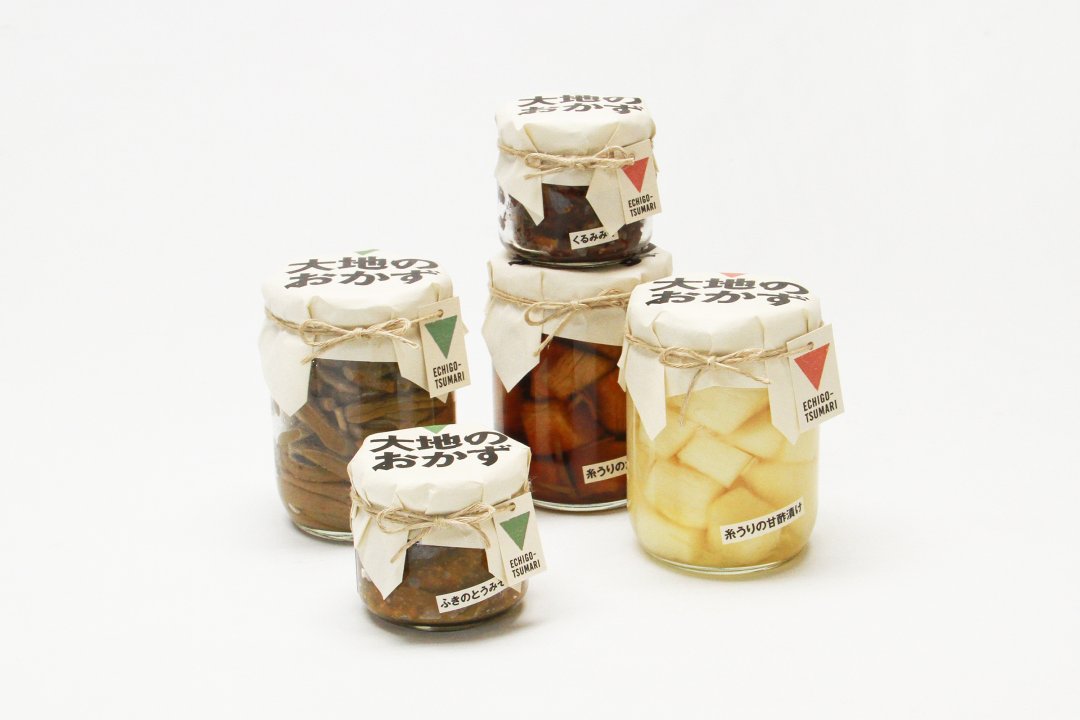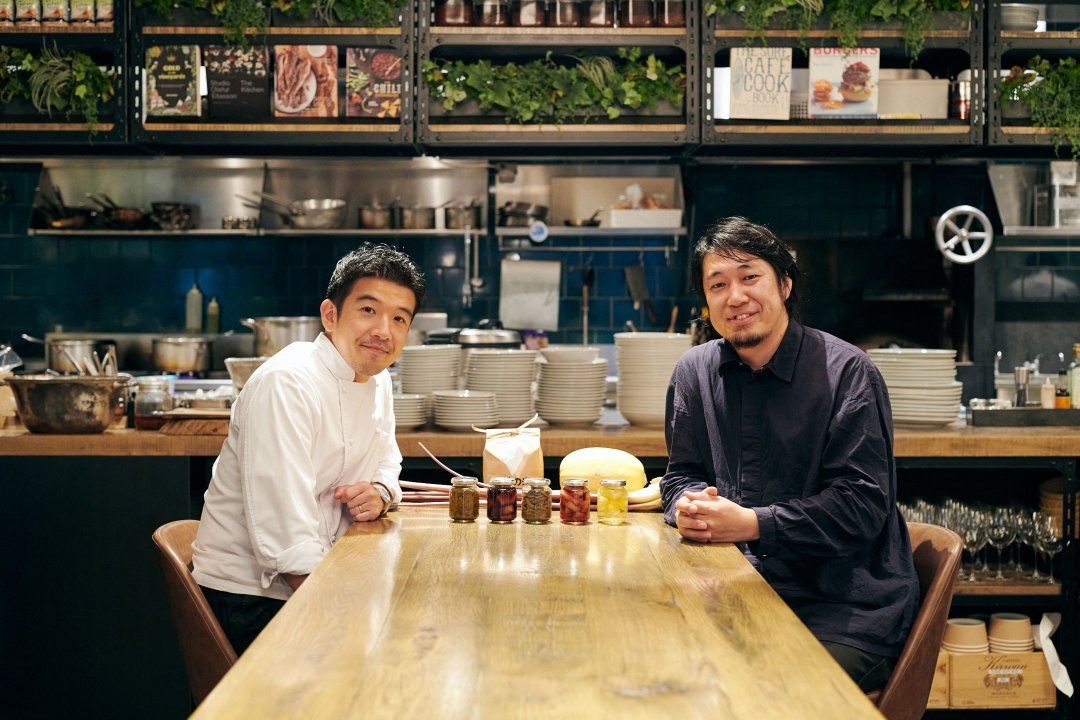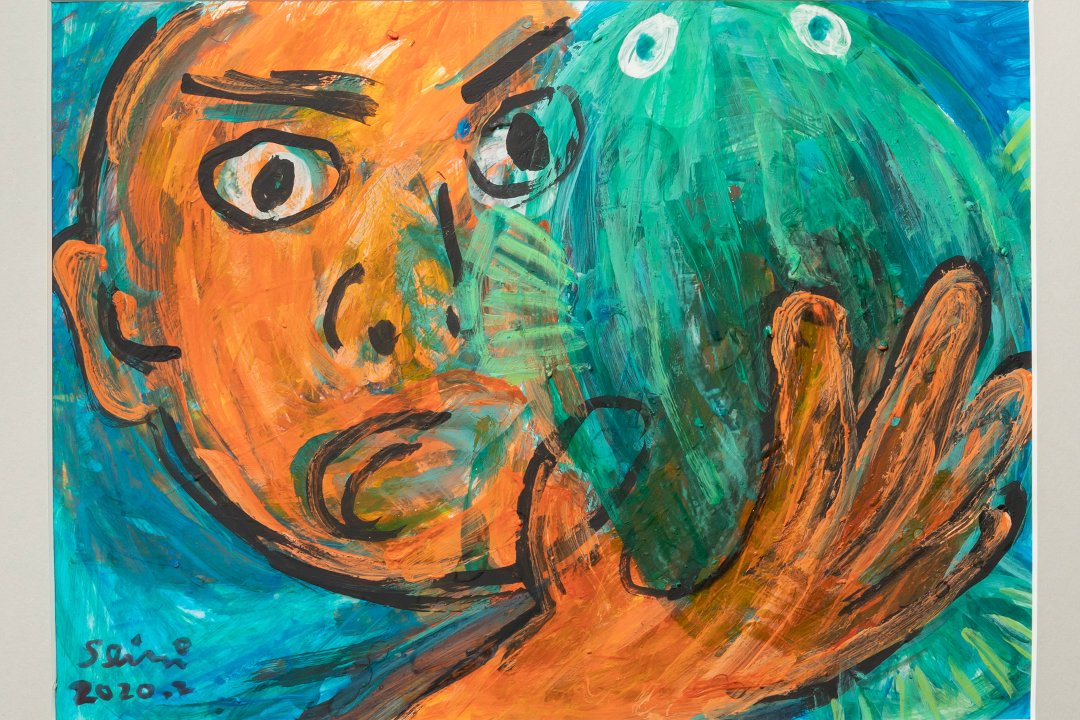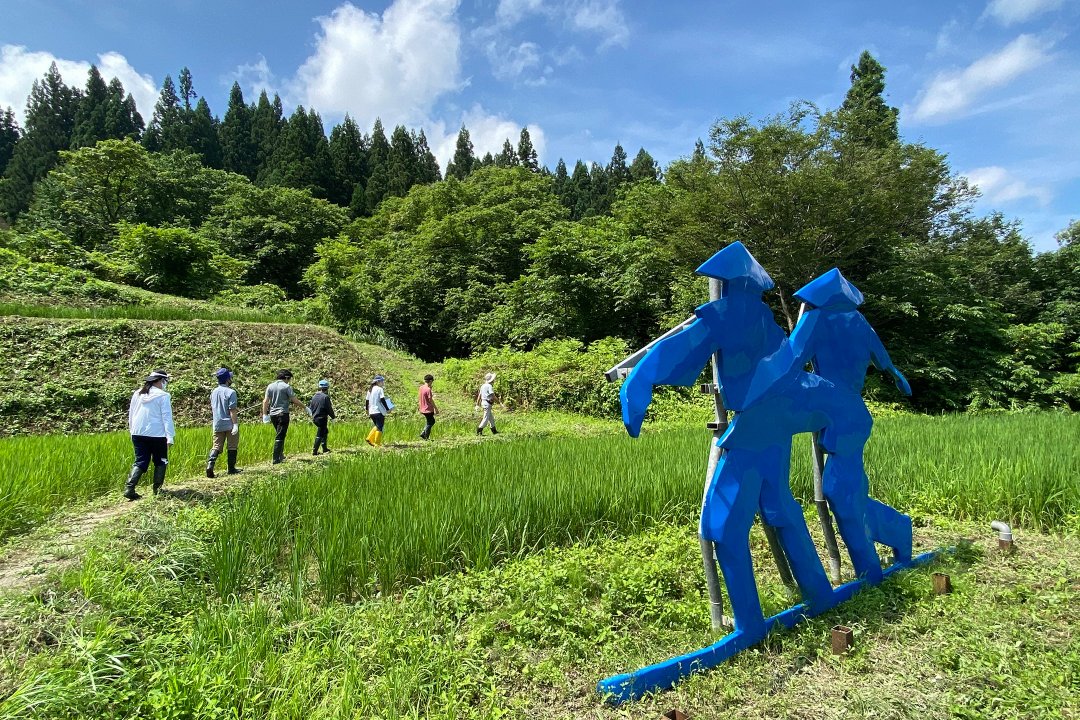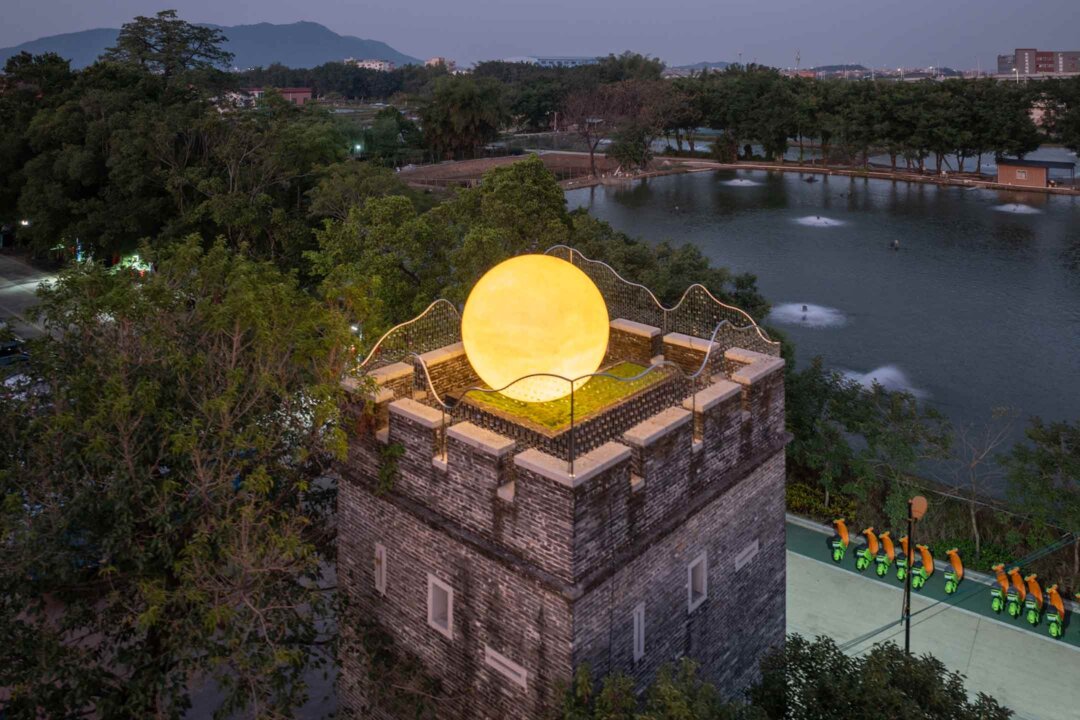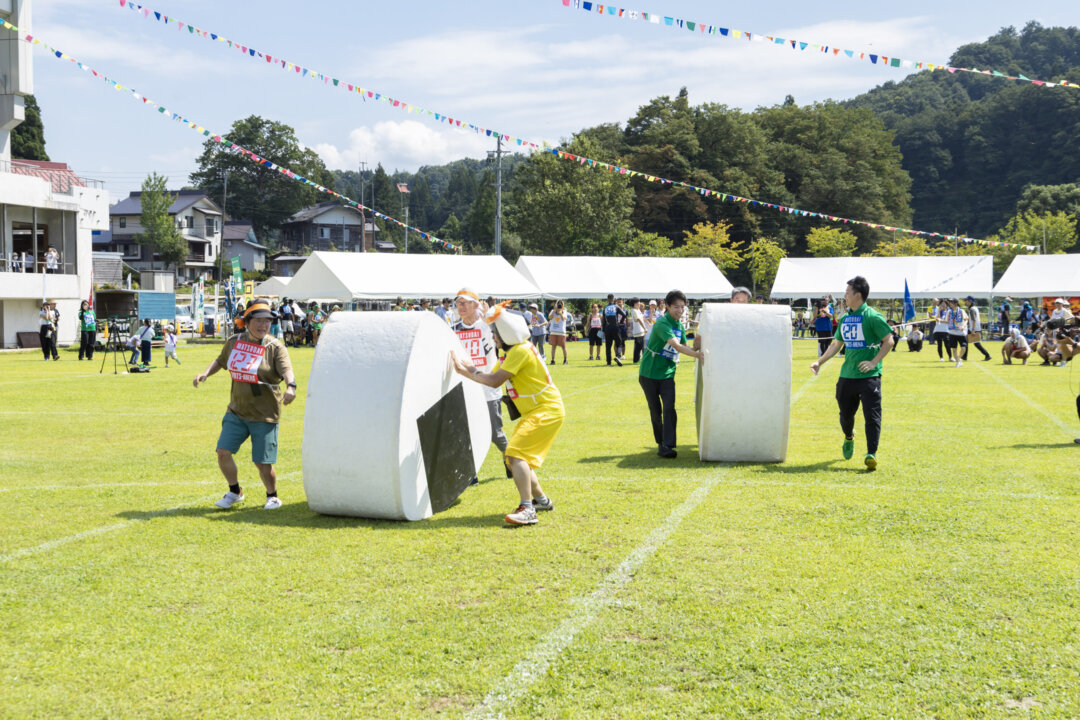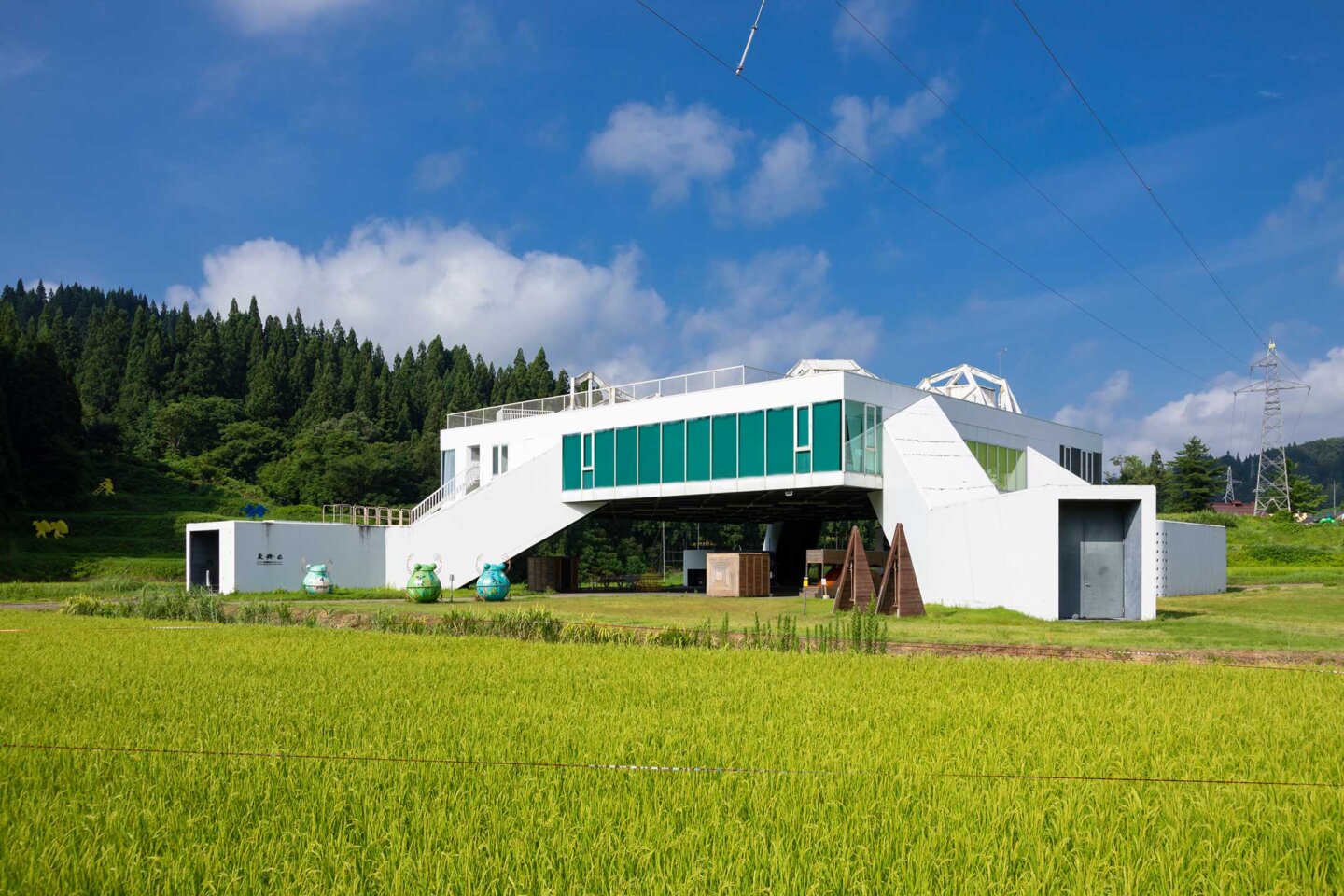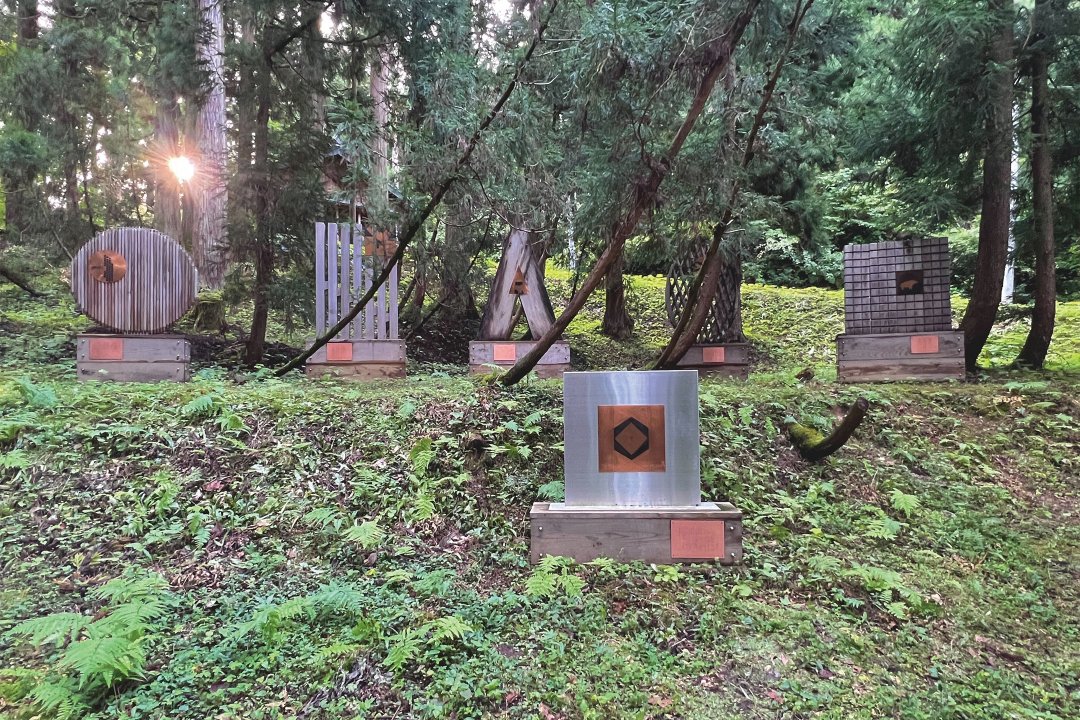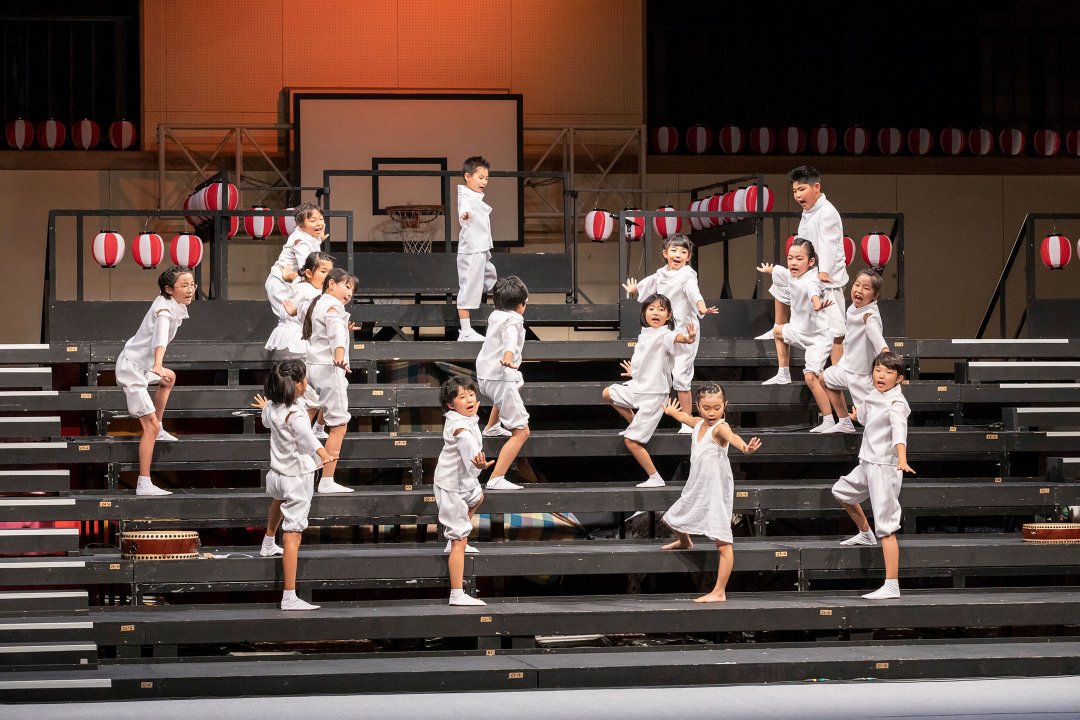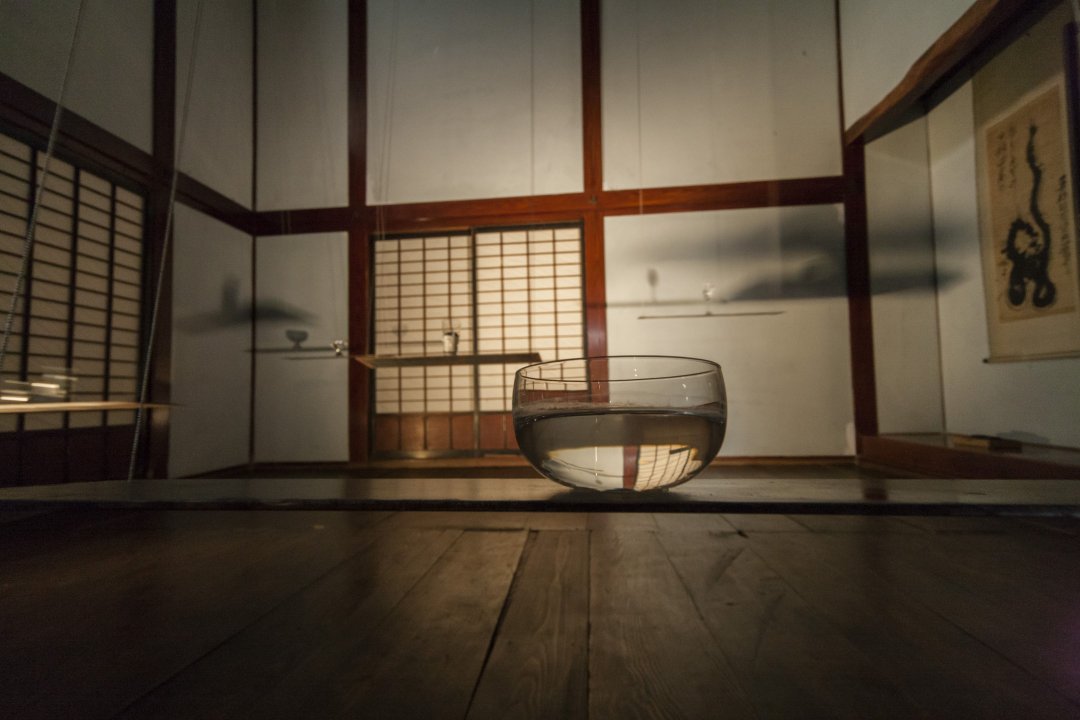Thinking 21st century art in the world from Niigata
Echigo-Tsumari Art Field - Official Web Magazine
Staff / Behind the scene of Echigo-Tsumari
What it means to look after artworks
05 June 2021
Maintenance – a job to protect artworks
I came to Echigo-Tsumari after graduating from an art university in Tokyo in March. I was curious to find out how art can related to people as I directly face with people and artworks in the field of art. I started this job as I am aspired to become a profound person by gaining diverse experiences. I am assigned to work with a team responsible for maintenance of artworks. The team covers various jobs relating to artworks and I am tasked to mainly work on the maintenance of artworks onsite.
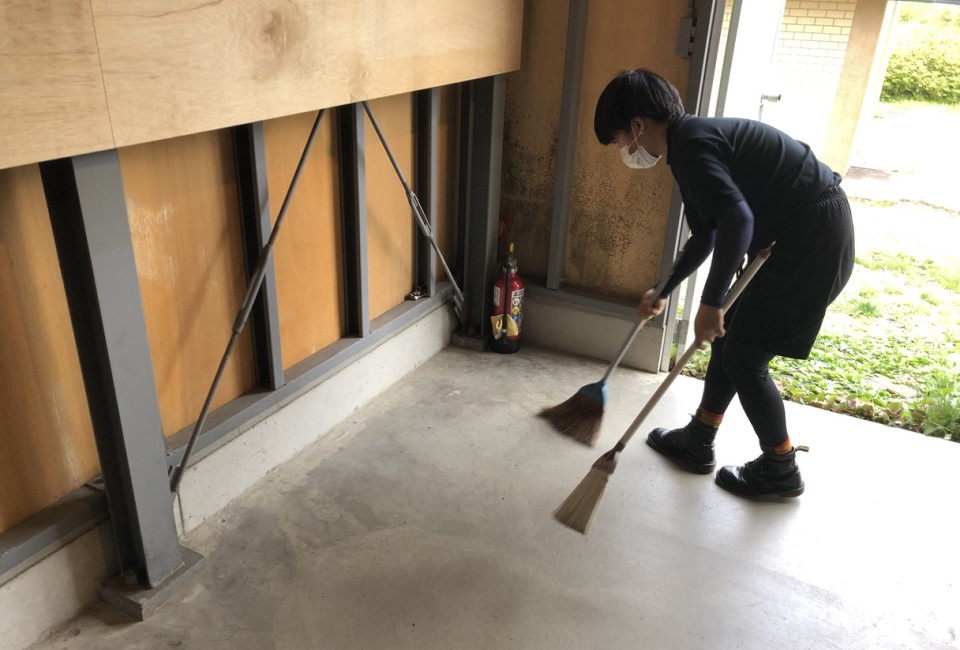
Cleaning "Kiss & Good-bye" by Jimmy Liao
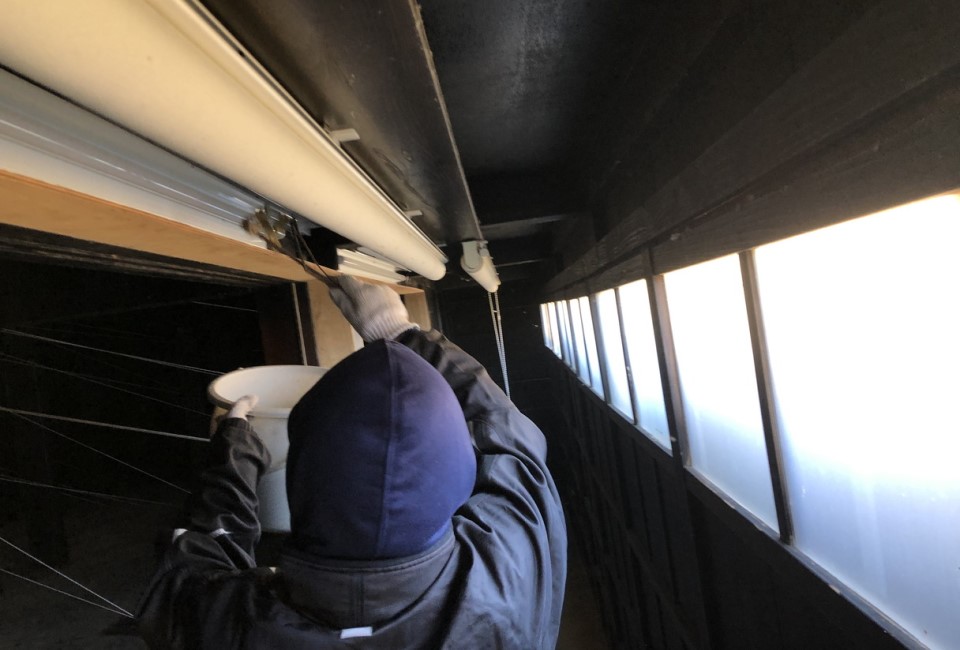
Cleaning“Another Singularity” by Antony Gormley
Engaging with "wild artworks"
What surprised me as I started the maintenance job was the harsh conditions that artworks are under at where they are presented and installed. Most of the existing 200 artworks in the Echigo-Tsumari Art Field stand outside, exposing themselves to the power of nature everyday. Moreover, they are in the extremely difficult conditions in Echigo-Tsumari where the weather brings “heavy snowfall in winter and hot temperature in summer”. I once had an opportunity to visit a room for collections of an art gallery when I was a student and artworks were protected in the perfectly air-conditioned room sealed bya robust double door. If we regard these carefully looked-after artworks in the museum as “sheltered” works, artworks in Echigo-Tsumari are “wild” works which have been left in the wild alone as they are born. Providing maintenance to them is the last stronghold for these wild artworks. I was told that “artworks in Echigo-Tsumari don’t complete as they are installed. What we are in charge of is helpingartworks be alive as long as possible so that they will be appreciated as part of ETAT by visitors.”
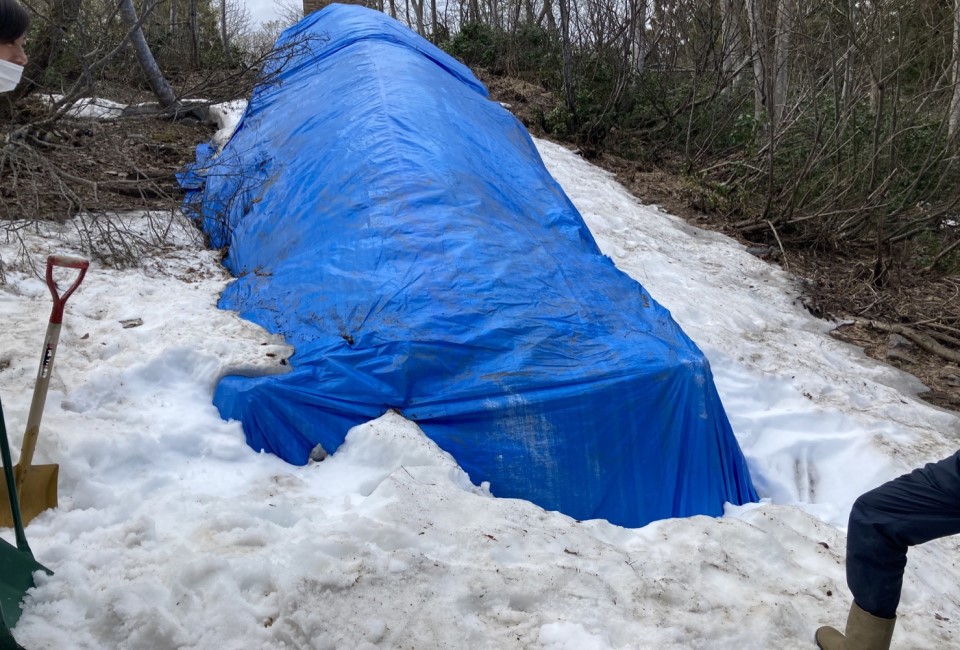
Taking off the snow protection and clearing snow at “Dragon Museum of Contemporary Art” by Cai Guo-Qiang

Taking off the snow protection and clearing snow at “Dragon Museum of Contemporary Art” by Cai Guo-Qiang
In order to pass the thoughts of artists to visitors
Most of the artworks we engage with are damaged and require cleaning and maintenance. I was surprised how an artwork could become dirty just spending a whole winter when I joined the maintenance job for the first time. Jobs in April in particular, soon after I was assigned to join the team were mainly taking off the snow protections from the artworks outdoor and abandoned houses projects. I felt the hardness of the winter here and astonishing power of the nature as I saw artworks damaged by the weight of the snow. To revive the artworks which were almost defeated by the power of the nature to the level at which they can be presented to visitors again should resonate with the thoughts of respective artists when they originally created their works. Though it may sound little bit impudent,I find this job so rewarding as I could play a significant role in reaching out to the audience through maintenance of these artworks.
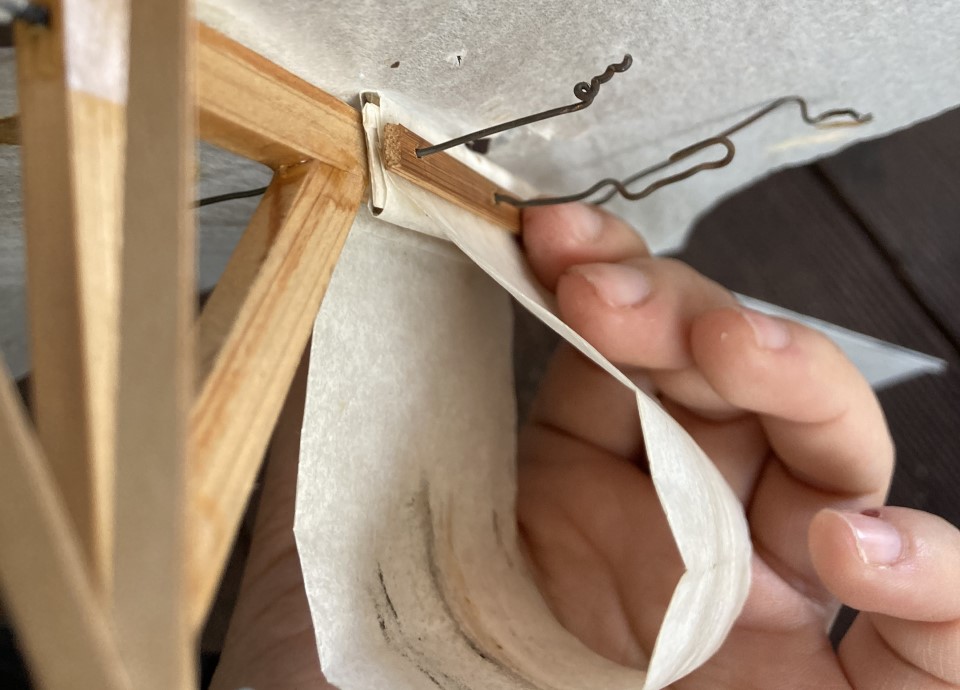
Maintenance of “Air for Everyone” by Ann Hamilton
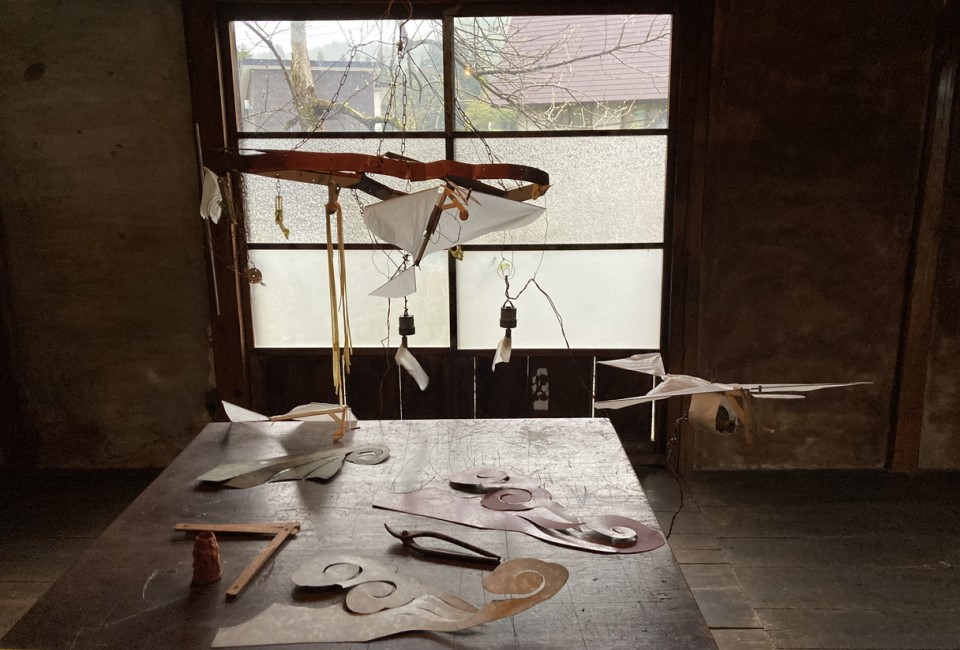
Maintenance of “Air for Everyone” by Ann Hamilton
Learning something new everyday
On the other hand, I feel frustrated that we have limited time on each artwork as we have the long list of artworks to look after. I sometimes feel “If only I could spend more time I could make it cleaner.” or “I could reveal the best part of the artwork if I could devote more time”. As artworks are diverse I sometimes encounter the situations that are beyond my existing knowledge nor capacity. The level of deterioration would vary depending on the circumstances and materials of each artwork. For example, I search for the different rusting conditions online. I always wish I were an expert of rust and mouldsuch as carpenter or cleaner. At the same time, I feel grateful to be part of this job which brings me to deal with so many different cases as there is a prospect of becoming a professional and expert in conservation of artworks if I am able to respond to any cases here in Echigo-Tsumari. I learn something new every day.
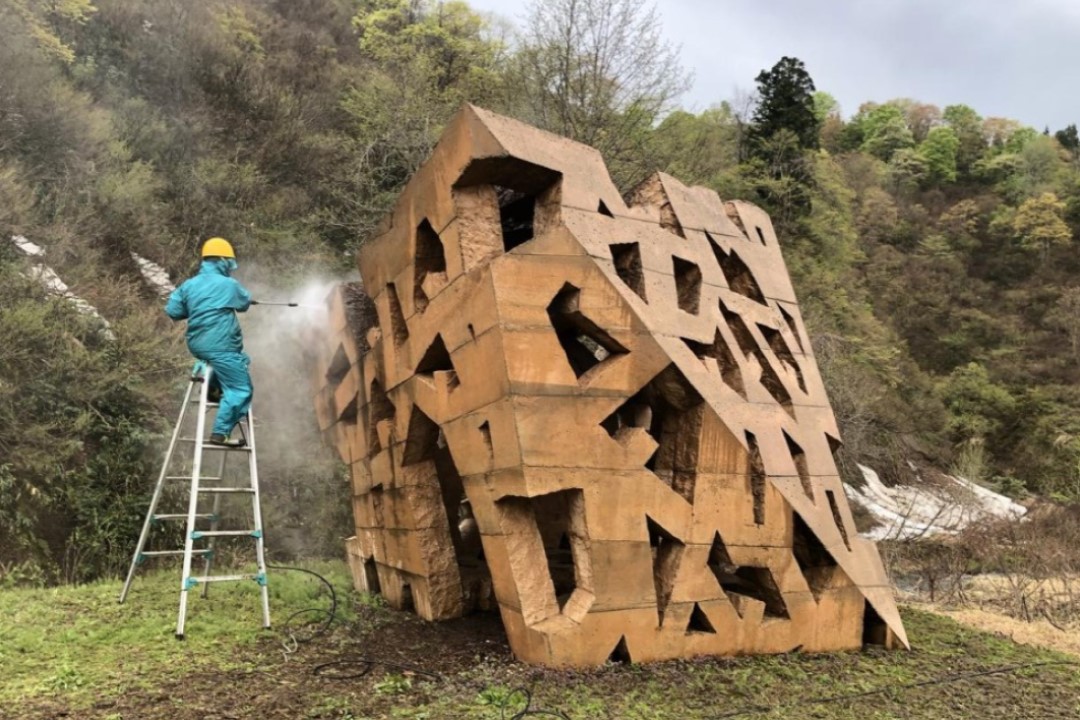
High pressure washing of “madman” by OGAWA Jiro, Ogawa Laboratory, Nippon Institute of Technology
Showing the life of artwork including the weathering phase
themselves are usually unable to predict the nature of their works and potential risks that their work may be exposed to outdoor. Some artists even include the deteriorating phase in the original concept of the artworks to start with and ask us to “let it be if artwork is broken”. While we appreciate such concept is important to certain artworks, we ought to maintain the quality of artwork to the level that the artwork is well appreciated by viewers and to secure safe space for visitors. That is when we can prove ourselves as a team responsible for maintenance on-site. If we are able to provide an alternative perspective to the “weathering” phase of an artwork throughout the life of an artwork from the moment it is created to the time it ceases to exist, we may be able to discover an alternative value of art. I believe that such approach would also contribute to eradicate the impression of ETAT being “an art festival that happens once every three years” and to gain appreciation of viewers how the festival is a long-term pursuit in nature.

"Shedding House" (before mowing) by Kurakake Junichi + Nihon University College of Art Sculpture Course
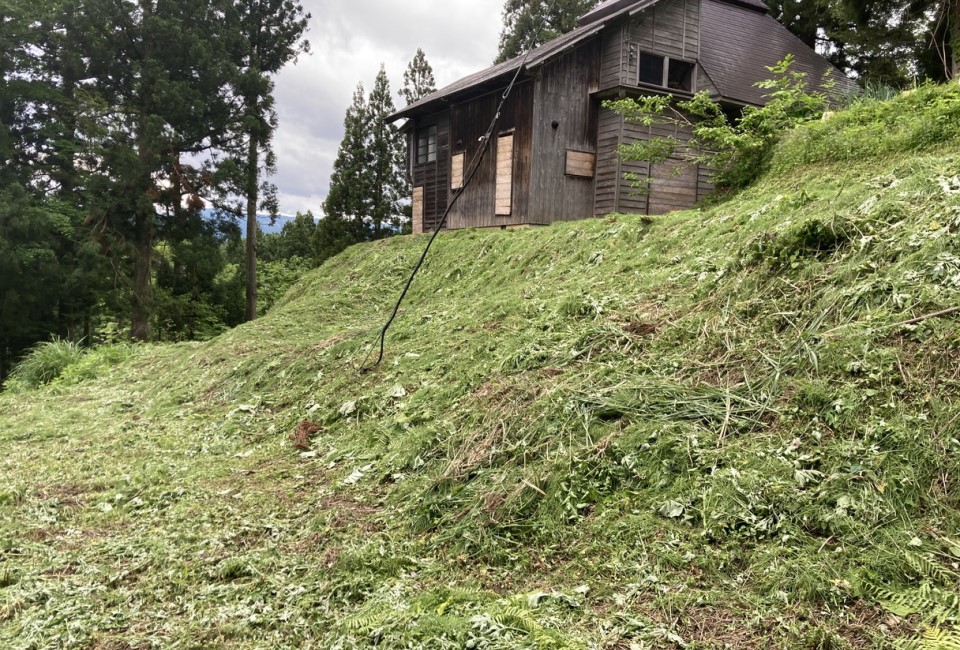
"Shedding House" (after mowing) by Kurakake Junichi + Nihon University College of Art Sculpture Course
Something I can do
The main element of maintenance is a physical work. Bosses and colleagues are mainly male staff. When working with them I sometimes encounter situations that I am unable to lift something that other people have no problem of doing so or it is hard for me to reach out to wipe out cobwebs on the ceiling. I feel very frustrated and thus try to think how I can contribute to the team. For example, I can try to mow grasses better or I can carry something lighter quickly in replace of carrying heavy stuff. I am searching for something that I can do so that I will be regarded as an indispensable member of the maintenance team. While I have a long way to go, I feel rewarded and try to do my best every day.
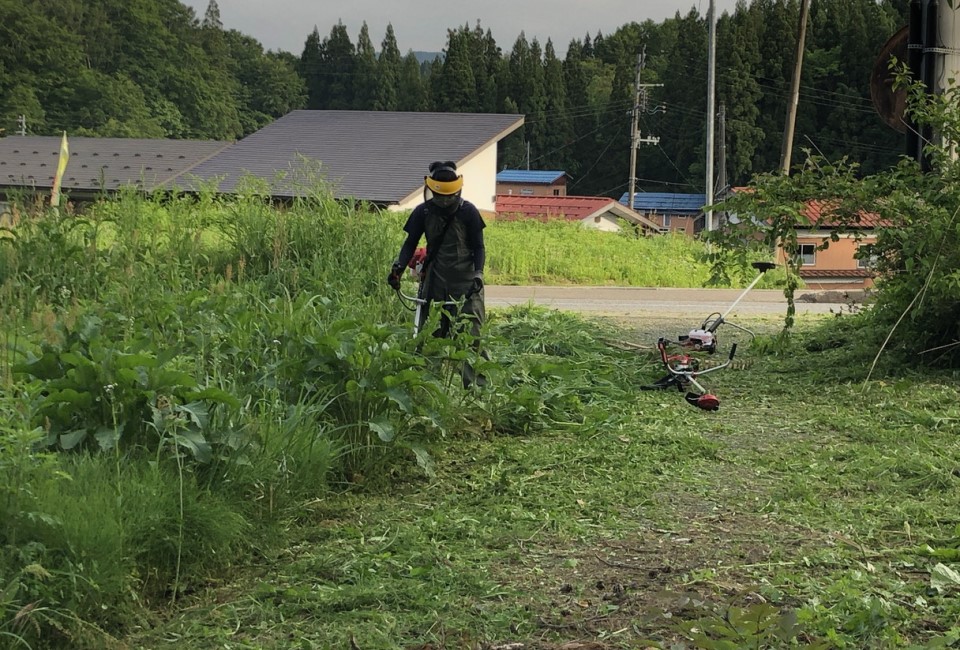
Mowing at “Doctor’s House” by Lee Bul
My lunch box diary
Since I realise that working site often provides great view for eating lunch, I am determined to make delicious lunch box to take with me. Of course I sometimes cheat and just make quick one but I feel that Echigo-Tsumari is a place which makes you want to live fully.
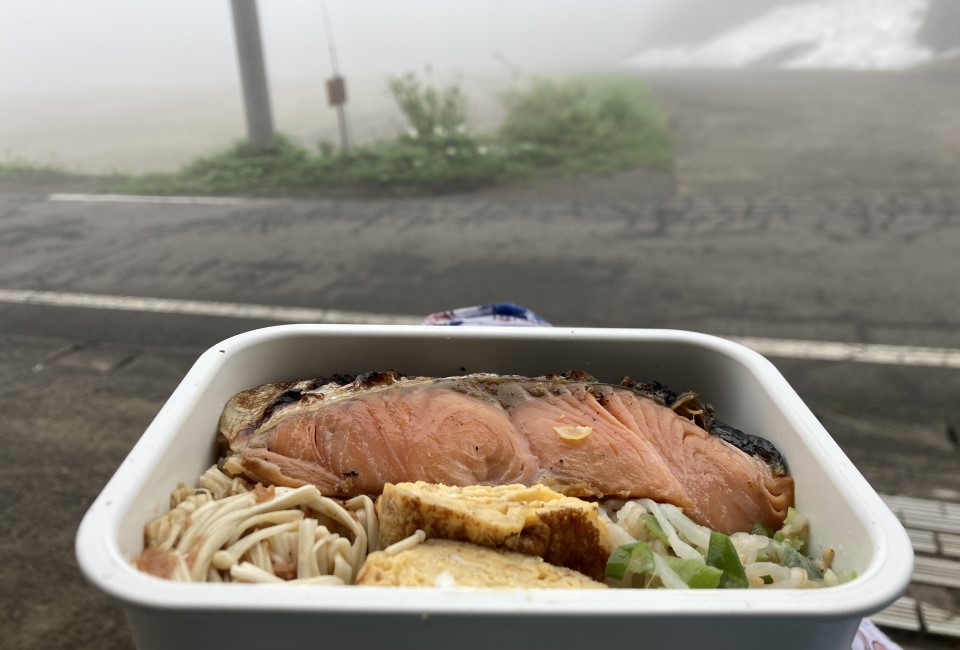
Lunch at Daigonji Kogen

Lunch at Kiyotsugawa Fresh Park
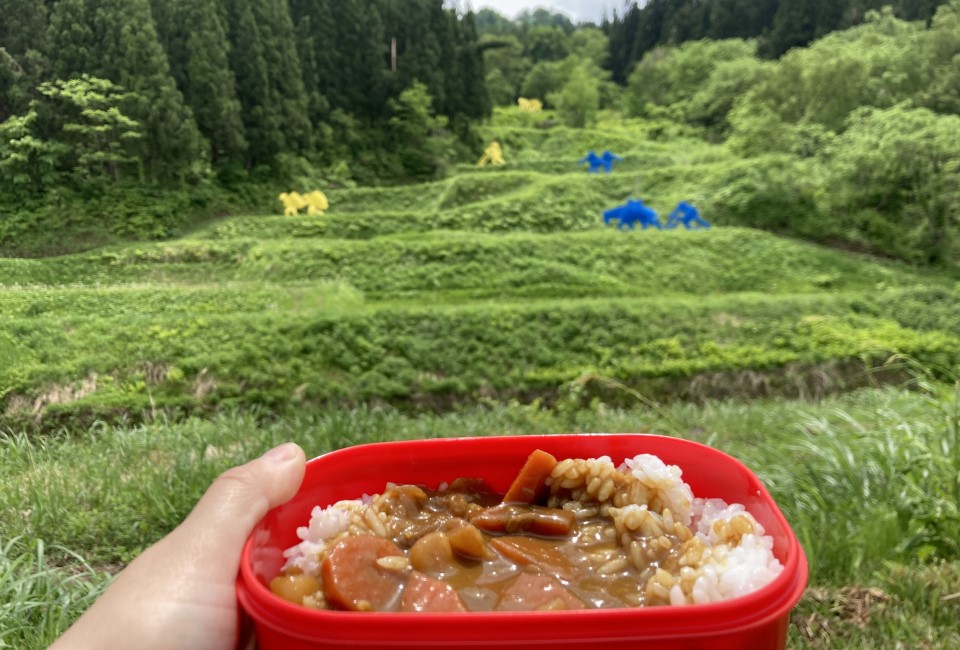
Lunch at Matsudai Nohbutai
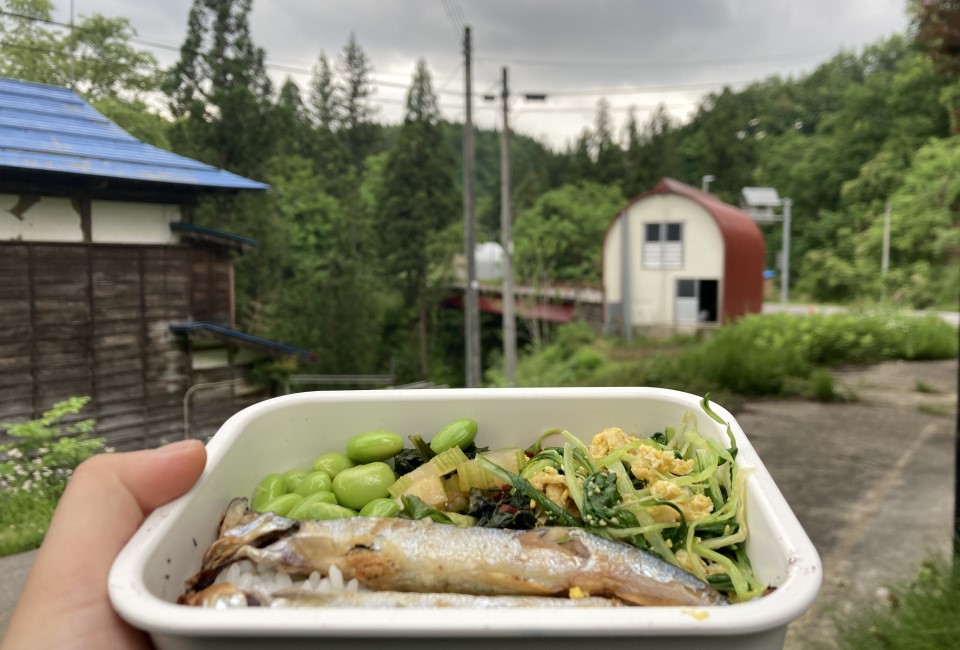
Lunch at Rei House
INAGAKI Motoko, staff member, NPO Echigo-Tsumari Satoyama Collaborative Organisation
Articles
Latest Articles
Stay connected with the ETAT official social media to receive the latest news and event information, and the many seasonal faces of Echigo-Tsumari as well as new issue of the ETAT official media, “Art from the Land”.







